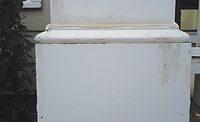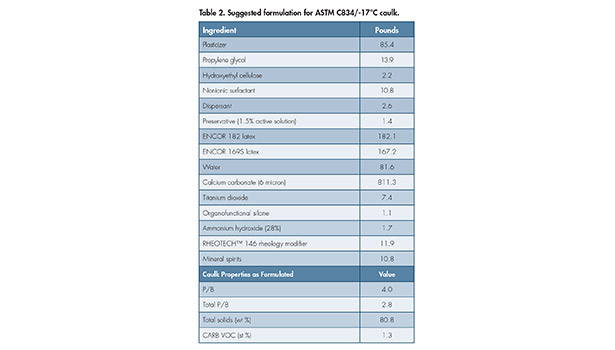A Sealant Solution
Vinyl acetate ethylene binders provide a cost-effective option for sealant applications without compromising formulation quality.
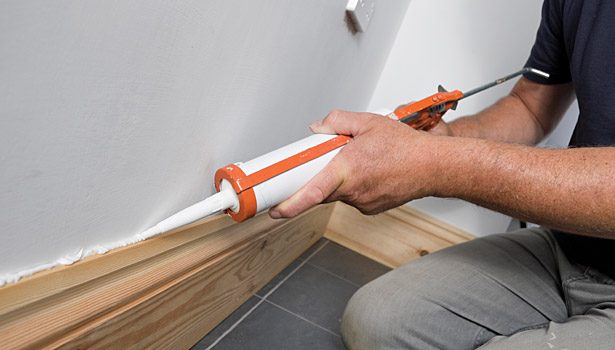

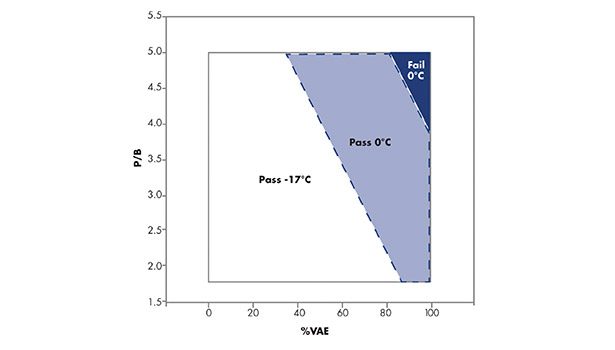
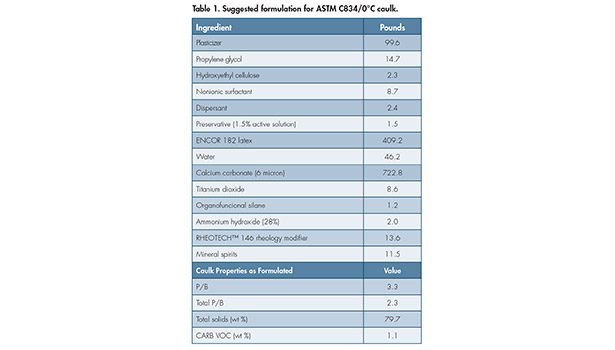
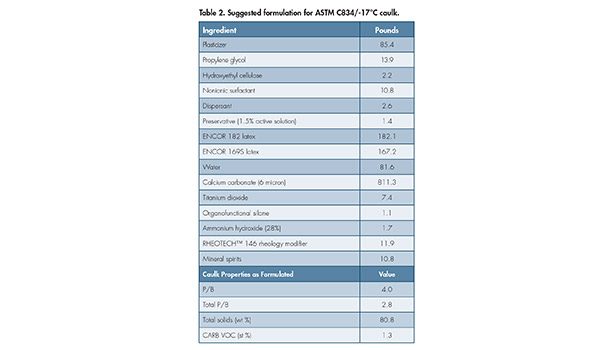





While most consumers might not be able to visually differentiate between one caulk or sealant and another, product formulators and chemists understand the tremendous diversity between products. After decades of innovation and development, the products used today last longer and offer advantages that far surpass their predecessors.
Caulk formulations can vary greatly based on their chemistry. To understand these differences, it is important to first look at the different chemistries used in caulks and sealants. These include silicone, polyurethane and latex-based products.
Latex products are the most common, due to their cost effectiveness and the range of benefits they provide, including low odor, ease of application, formulation latitude, low volatile organic content (VOC), paintability, and easy cleanup. Significant differences exist within latex chemistries, however. Understanding those differences can help formulators develop products with unique value based on environment and application need. In addition, understanding the market dynamics at the raw material level can help formulators consistently keep costs at acceptable levels without compromising product quality.
Low-Temperature Environments
Caulks are called upon to perform under extreme environmental conditions. The performance requirements for caulks and sealants are outlined in detail in ASTM C834, Standard Specification for Latex Sealants. Testing includes extrudability after aging, weathering, volume shrinkage, extension recovery, adhesion, stain resistance and tack free time.
An important factor for measuring the performance of a caulk used in today’s market is how it behaves at low temperatures. Sealants that become overly rigid at freezing or sub-freezing temperatures will crack and fail in many environments and applications.
Standards for the low-temperature flexibility of a caulk are measured by the product’s ability to retain flexibility while exposed to low temperatures. Caulks are assigned a grade based on the minimum temperature at which the product performs reliably over time. Depending on the environment, most formulators should strive for a rating between 0 and -17°C to ensure optimal product performance and value to the end user. This can be obtained with most caulk latex binders at low pigment loadings. The difficulty arises when formulating at the higher pigment-to-binder (P/B) ratios that provide the best value to both the formulator and the end user.
Shale Gas Impact
The growing use of shale gas in North America as the primary feedstock in the production of automotive and aviation fuels, as well as its use as a precursor for many petrochemicals, has resulted in a fundamental shift in the cost structure of latex-based caulks. Before discussing the intricacies of the petrochemical feedstock cycle, it is first important to consider the different materials and chemistries used to make a tube of latex-based caulk. The primary ingredients used are the latex or binder, plasticizer and calcium carbonate pigment. The binder provides adhesion and imparts most of the performance typically associated with these products. The plasticizer promotes flexibility in the finished product, and the pigment functions primarily as inert, low-cost filler.
Varying the ratios of these three components can greatly affect many of the performance attributes, including the low-temperature flexibility of the caulk. Typically, a higher concentration level of binder means better performance and improved tensile strength, elongation and adhesion, but will result in higher formulation cost.
Most of the binders used in latex-based caulk production are based on acrylic monomers. The acrylic binders offer high performance but also tend to be higher priced than other latex chemistry options. The shift to shale gas as the primary petrochemical feedstock in North America has resulted in an increased interest in chemistries that are based on ethylene, such as vinyl acetate-ethylene (VAE) systems. VAE latex products are capable of meeting the performance needs of many sealant applications and offer the opportunity to reduce overall formulated cost of the final product.
Advances in Chemistry
In 2013, a VAE latex* was introduced that can be formulated into caulks that pass the low-temperature flexibility standard of the ASTM C834/0°C specification, or alternatively, blended with another latex** to meet the standards of ASTM C834/-17°C. VAE binders have benefitted from the shift to shale gas as the primary petrochemical feedstock since they are derived from ethylene, the most abundant product from ethane crackers. The introduction of this VAE latex for caulks and sealants has helped formulators better deal with the high price volatility that has been seen with some other chemistry options. This new product offers performance comparable to acrylic latexes for ASTM C834/0?C and is seeing greater usage across a range of applications.
With comparable performance, the advantage of using VAE latex in these formulations is lower cost and the potential for improved cost stability. The material can allow formulators to reduce their products’ cost without compromising performance or risk falling below acceptable industry standards.
In addition, VAE latexes offer better pigment wetting and lower odor than other products. They are also VOC-free and can meet typical environmental regulations related to the caulks and sealants market.
Continual Development
While modern caulks and sealants may resemble products of decades past in look and feel, they are far from the same. Advances in product chemistries have changed—and continue to change—the marketplace significantly. Developing products that meet or exceed industry standards for attributes such as low-temperature flexibility helps formulators meet growing needs. At the same time, new chemistry solutions, such as higher performance VAE latexes, help formulators deliver high performance at a lower and potentially more stable cost.
For more information, visit www.arkema.com.
Looking for a reprint of this article?
From high-res PDFs to custom plaques, order your copy today!



